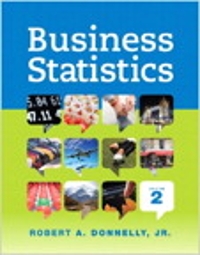Answered step by step
Verified Expert Solution
Question
1 Approved Answer
can you help with the last questions Excel Activity: Time value of money The data has been collected in the Microsoft Excel file below. Download



 can you help with the last questions
can you help with the last questions
Step by Step Solution
There are 3 Steps involved in it
Step: 1

Get Instant Access to Expert-Tailored Solutions
See step-by-step solutions with expert insights and AI powered tools for academic success
Step: 2

Step: 3

Ace Your Homework with AI
Get the answers you need in no time with our AI-driven, step-by-step assistance
Get Started


